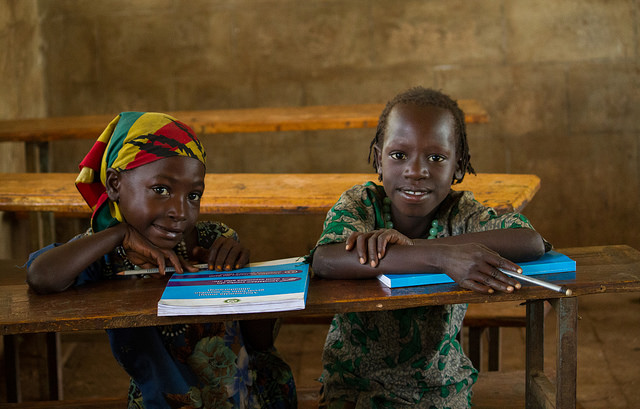The Rise and Fall of Girls’ Education in Ethiopia

Home to 102 million people, Ethiopia is the second most populous nation in Africa, possesses the fastest growing economy in the region and is also one of the poorest countries. Girls’ education in Ethiopia is largely affected by the present poverty; in fact, it is one of the main barriers to girls’ and women’s education. There are socio-cultural factors — social norms and traditional practices — gender-based violence, early marriage, and teenage pregnancy that greatly affect girls’ and women’s access to, and completion of, education.
Offering basic education is one effective way of providing girls with power, autonomy and independence to make genuine choices over the lives, their families and their community. These top ten facts about girls’ education in Ethiopia address the difficulties these girls face, as well as the improvements in recent years that benefit Ethiopia as a whole.
Top 10 Facts About Girls Education in Ethiopia
- For every hundred boys in secondary school, there are only seventy-seven girls.
- Only 17 percent of women are literate, whereas 42 percent of men can read and write.
- Females only make up 27 percent of the university population, a quarter of whom will drop out before graduation.
- The fear of sexual favoritism limits girls’ freedom of participation and interaction with others in school settings.
- Primary school attendance rates have risen from 30.2 percent in 2000/01 to 64.5 percent in 2010/11.
- The primary school enrollment rate of girls has increased from 21 to 49 percent in the last two decades.
- The education of girls contributes to higher economic activity as Ethiopian women are more likely to give back to their communities.
- The education of girls results in lower infant mortality and morbidity, lower fertility rates and the attainment of longer life expectancy for both men and women.
- There is a greater likelihood that the children of educated girls will become educated themselves.
- Receiving an education means girls can avoid long work hours and work towards a better future, instilling self-empowerment.
Impacts of Girls’ Education
These top ten facts about girls’ education in Ethiopia shed light on the importance of education for the well-being of these girls and this region. An educated girl in Ethiopia is more likely to avoid early marriage, seek healthcare and become a more independent and well-off individual.
With this independence, a girl will become more involved in her community and prepared for future decision-making. She will also have an increased chance of being accepted into a higher-paying job and could then reinvest 80-90 percent of her wages back into her family and community, aiding in breaking the cycle of poverty.
GirlUp
Girls and women in Ethiopia have seen successes due in part to organizations such as GirlUp — the United Nations Foundation’s adolescent girl campaign. The organization aims to give adolescent girls in developing countries an equal chance for education, health, social and economic opportunities and a life free from violence.
Since refugee families in Ethiopia are not allowed to work, girls are oftentimes unable to attend school as families cannot afford the costs of school uniforms and books. With the help of GirlUp, the United Nations is working to make sure that Somali refugee girls in Ethiopia are healthy, safe and educated. This program not only provides Ethiopian girls with school materials, solar lamps to study at night, toilets and access to water, but it also provides scholarships for girls to attend school.
– Angelina Gillispie
Photo: Flickr
